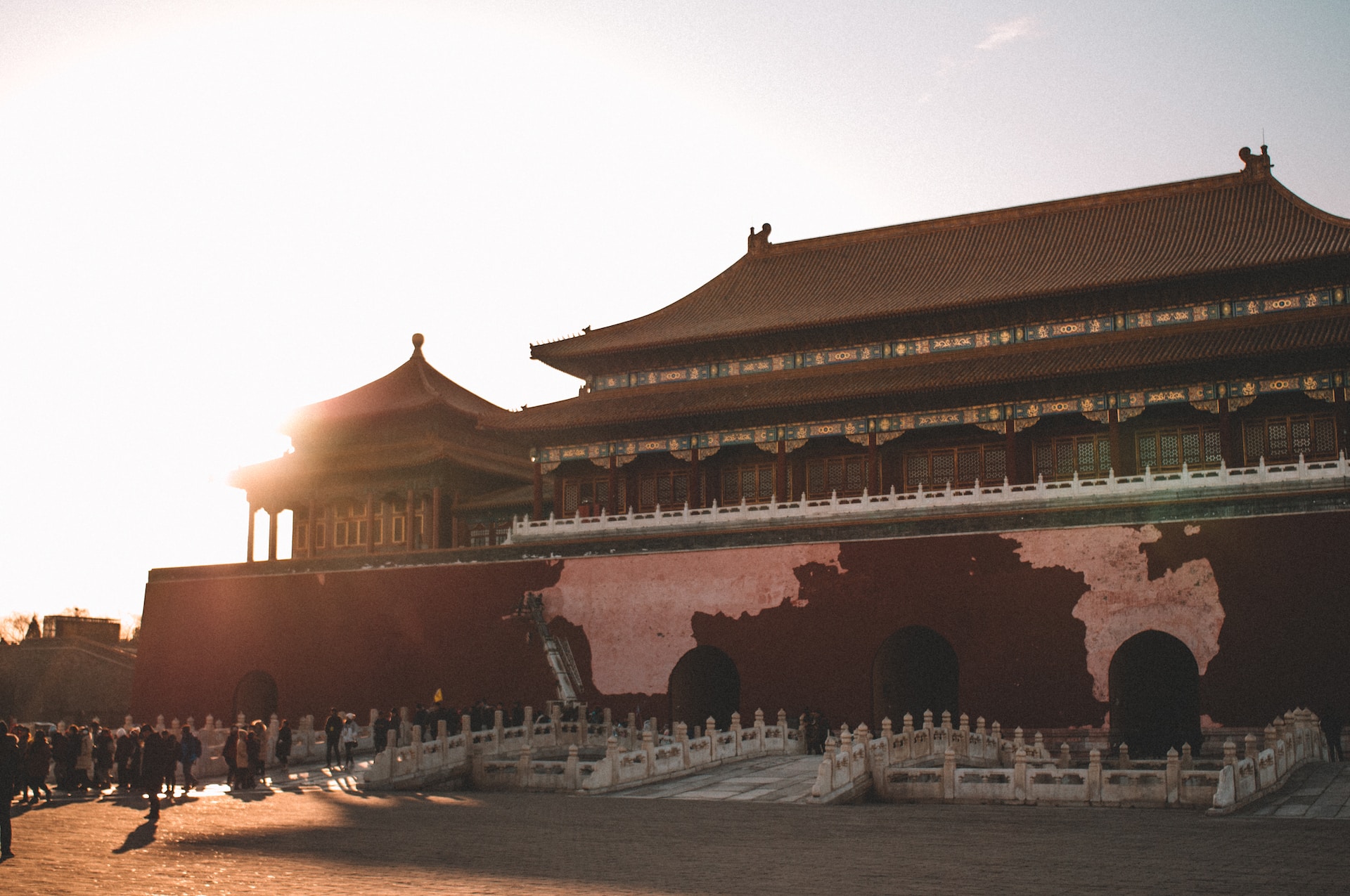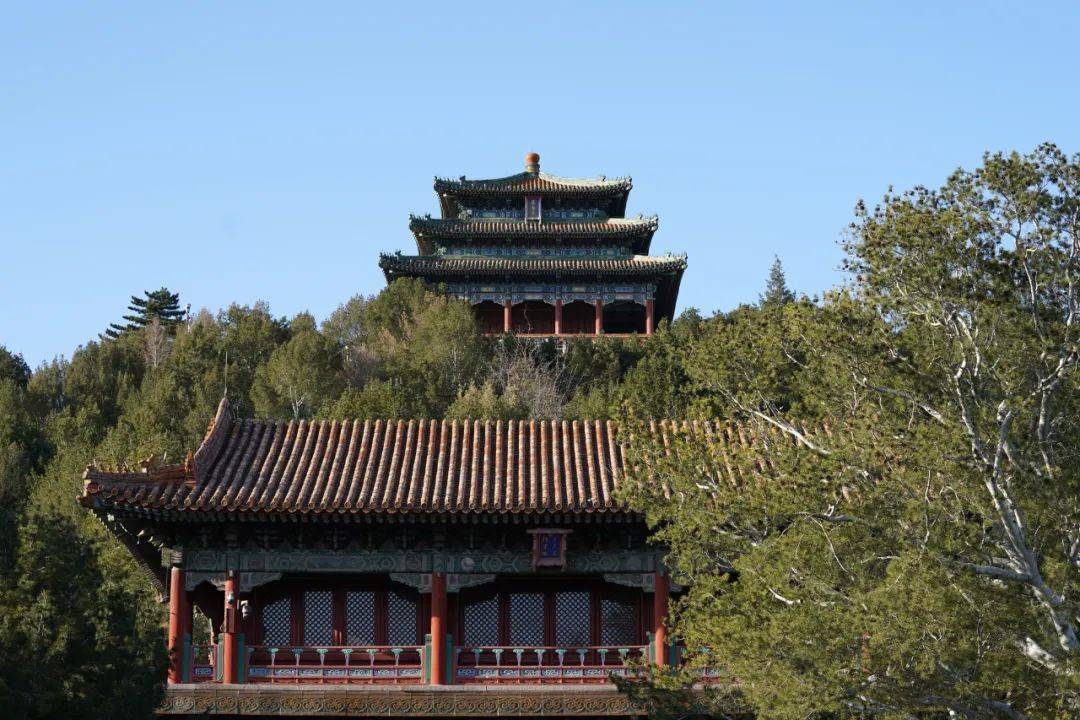FOR SEVERAL DECADES NOW, the Chinese art of feng shui has been recognized worldwide as a valuable tool in the design of everything from workplaces to homes. Feng shui is an ancient system focusing on placement of objects and the layout of buildings with the aim of creating positive effects on the humans using such spaces.
While some of the beliefs come across as simple superstitions (“knife-shaped objects are bad”), or are even based on Chinese astrology, architects acknowledge the fundamental truth that the shape and layout of spaces clearly does have a psychological effect on the people inside them.
The Forbidden City – a former imperial palace for generations of emperors in Ming and Qing dynasties for more than 600 years – lies at the heart of Beijing and it is an exemplary imperial residence with auspicious feng shui.

Constructed under an imperial order by the Yongle Emperor (永樂帝), the palace has showcased feng shui in its layout and design planning in terms of construction of halls and courtyards, embracement of natural elements like water and a man-made mountain and auspicious colours and mythical creatures.
But first, let’s look at the big picture. Why was Beijing (the name of which simply means “northern city”) chosen as the capital of China?
DIVINE KUNLUN MOUNTAINS
In Chinese mythology, the Kunlun Mountains (崑崙山) in the western region of China have been highly appreciated as a divine area, constituting one of the longest mountain chains in Asia.

It is widely believed that three separate mountain ranges stretch from west to east from the Kunlun Mountains, giving shape to China’s topography. One of the Kunlun Mountains’ ranges stretches to Xinjiang, Qinghai, Gansu, Shanxi, to Beijing in Hebei. This was one of the reasons for Emperor Yongle to relocate the country’s capital to Beijing from Nanjing to elevate prosperity, along with military consideration to counter potential threats from Mongols in the north.
With auspicious geomancy, the Forbidden City is situated north at the center of Beijing, orienting south of the city. Momentous halls namely Hall of Preserving Harmony (保和殿) and Hall of Supreme Harmony (太和殿) were constructed, with main front entrance Meridian Gate (午門) built in the southern side. The northern Gate of Divine Prowess (神武門) connects former imperial backyard, known as Jingshan Park (景山公園).
When an emperor took his place on the throne, he was seen as being at the center of China and the universe. The Forbidden City was constructed along Beijing’s central axis with sacred halls and other complexes, epitomizing the divinity of emperors.
JINGSHAN IS A SHIELD OF THE FORBIDDEN CITY
Meanwhile, the Forbidden City has embraced classic feng shui doctrine, having a hill to the north and a river to the south. With the man-made mountain called Jingshan at the back, the meandering Inner Golden River (内金水河) can be found at the palace’s front. The architectural layout is auspicious and brings optimal prosperity for imperial families in the palace.
After the Yuan dynasty was overthrown in the 14th century, the Ming court devastated the palace of Mongol emperor Kublai Khan (忽必烈) in Beijing. Some rubble and debris left from the destruction of Yuan’s palace were used as filler for building Jingshan on the northern side of the Forbidden City.

It is regarded that Jingshan has served as a shield for safeguarding the Forbidden City and imperial families for hundreds of years.
Also, every building must have water flowing before it, which is synonymous with accumulation of wealth and prosperity. The Inner Golden River flows in front of the monumental Gate of Supreme Harmony (太和門), bringing prosperity, abundance and auspicious luck for the imperial families.

Apart from achieving feng shui purpose, the shallow river served as a reservoir in case of fire – a very real threat for a palace full of wooden structures.
MYTHICAL CREATURES
Above all, important halls in the Forbidden City were decorated in auspicious colours of glowing yellow and red. Yellow colour symbolised highest power of emperors.

There are a wide array of mythical creatures such as Xiezhi (獬豸) and Xingshi (行什) in the Forbidden City – which are believed to help dispel evil spirits and protect imperial families. Xiezhi is a goat-like creature with divine power to tell right and wrong, whereas Xingshi is a winged monkey said to protect the palace from being struck by lightning.

Auspicious patterns are also meticulously crafted on stone carvings and sculptures in the imperial palace.
Propitious feng shui elements can be traced in every aspect of the Forbidden City – which is a great historical and cultural landmark and woos some 19 million visitors from around the world to admire the former palace’s grandeur architectural styles–and maybe consciously or subconsciously get a feel of the art of feng shui.
Image at the top from Snowscat/Unsplash.
